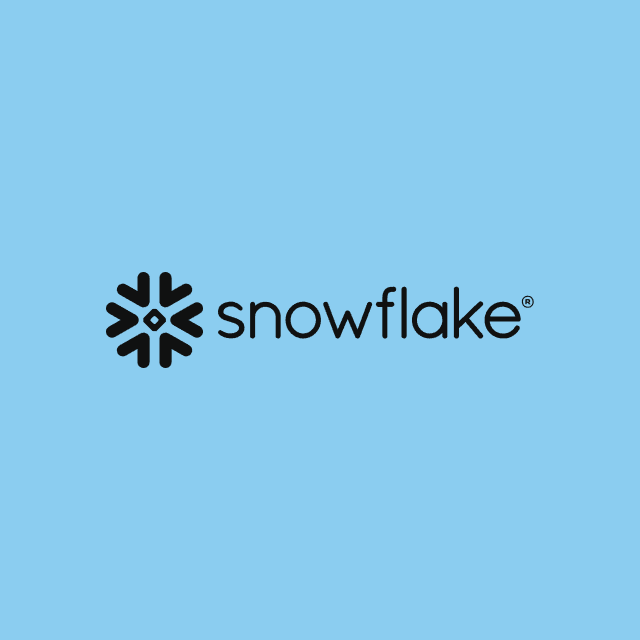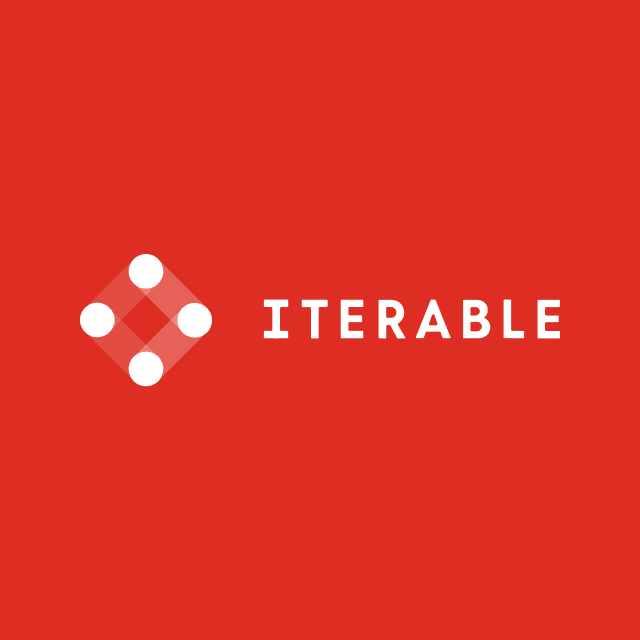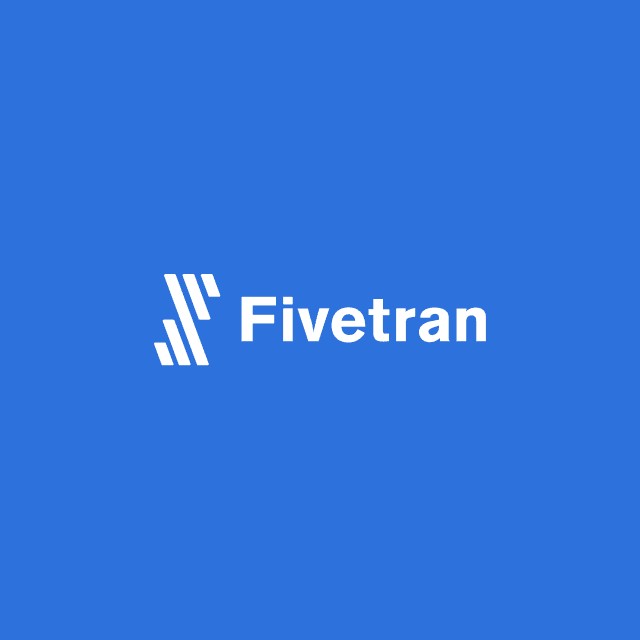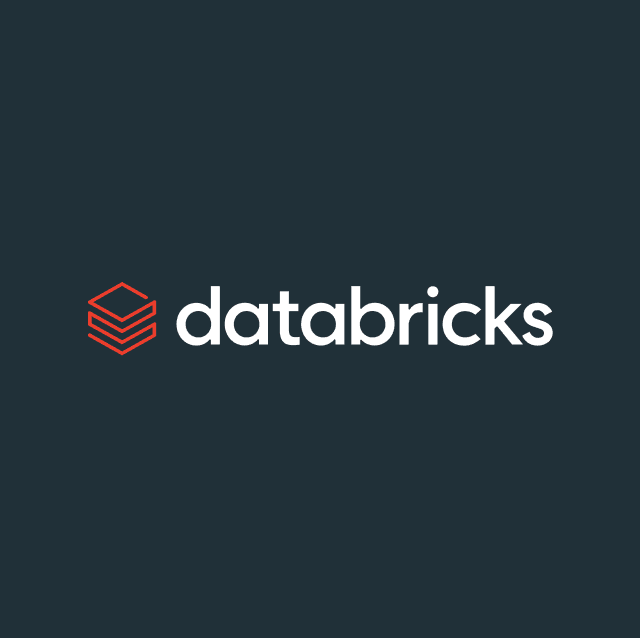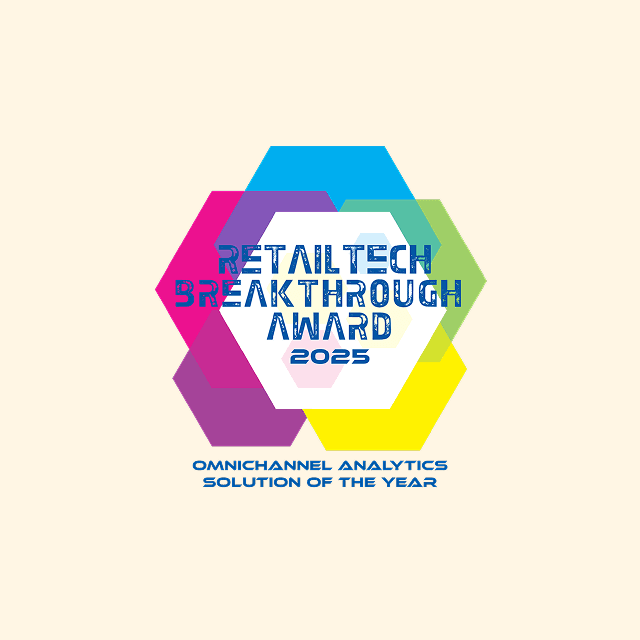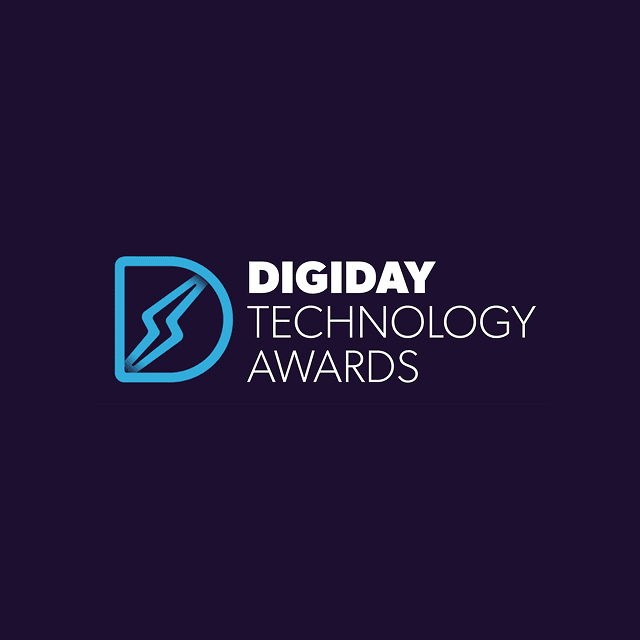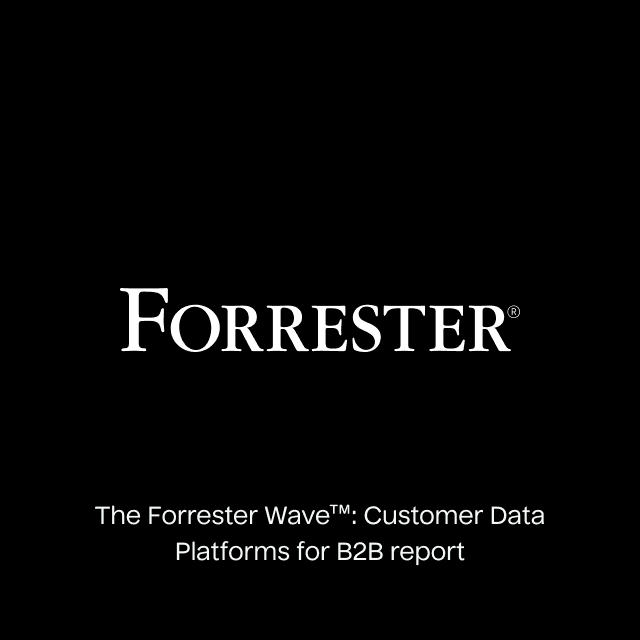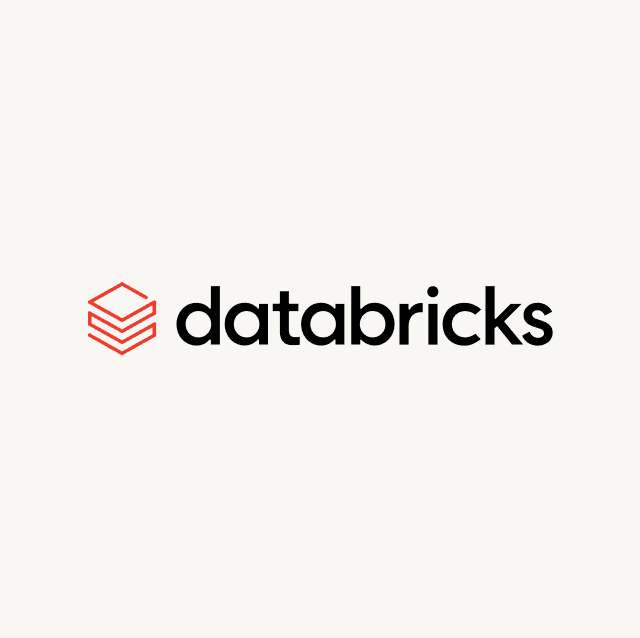Today’s marketers face soaring expectations: deliver true 1:1 personalization across every channel, respond instantly to customer behavior, and do it all without added budget or headcount.
But the problem isn't just tooling. It's the personalization ceiling, where additional personalization investment, such as creating more segments or journeys, no longer drives meaningful ROI. Most systems weren’t built to handle today’s speed, complexity, or heightened customer expectations, leaving teams stuck patching together brittle workflows and wasting time on manual tasks instead of scaling activities that generate results.
This article will show how agentic automation helps you to simplify execution, adapt in real time, and free up time for work that genuinely moves the needle.
What is agentic automation?
Agentic automation is an AI-powered approach in which autonomous systems plan, adapt, and execute marketing campaigns in real time without relying on rigid rules or manual workflows. These agents continuously run experiments at a scale no human team could match, learning and adjusting as they go.
By replacing static rules with dynamic decision-making, agentic automation unlocks a new level of speed, scalability, and adaptability. For marketers, that means greater agility, deeper personalization, and more time to focus on strategy and creative work, the efforts that drive impact.
The core components of agentic marketing systems
Agentic marketing isn’t a single feature or model. It’s an intelligence layer that orchestrates automation across the stack, making personalization scalable, adaptive, and grounded in real-time decisions that improve customer outcomes.
Power decisions with unified customer data
Data is the foundation. Without access to rich, historical data, personalization becomes guesswork. Agentic systems work best when customer data is:
- Centralized and structured: Data from across your stack—product analytics, CRM, transactions, email engagement—should be unified in a centralized system like a cloud data warehouse. This ensures agents have a complete, real-time view of each customer, not fragmented snapshots scattered across tools.
- Granular and behavioral: Personalization requires more than demographics. Agentic systems need behavioral data like pageviews, scroll depth, cart additions, and feature usage to understand customer intent and trigger contextually relevant responses. The richer the signal, the smarter the decision.
- Continuously updated: Real-time adaptability demands real-time inputs. If your data lags behind customer behavior, your decisions will, too. Fresh, low-latency data pipelines ensure AI agents work with the latest customer context, enabling precise timing and relevance.
Learn what works through reinforcement learning
Reinforcement learning (RL) is a type of machine learning where an agent learns by interacting with an environment. In marketing terms:
- The agent decides which message to send, when, and through which channel.
- The environment is your customer and their context.
- The action might be a promotional email, a product recommendation, or a time delay.
- The reward is what the agent tries to optimize, such as clicks, purchases, or revenue.
Each time a message is sent, the agent observes the outcome and updates its understanding. This creates a closed feedback loop in which the system constantly improves, not through A/B tests or manual optimizations but through thousands of micro-decisions and interactions. This allows the system to move beyond static rules and deliver personalized actions at scale that get better over time.
Optimize outcomes with smart experimentation
A core challenge in adaptive systems is deciding when to try something new versus when to stick with what’s working. This is called the exploration-exploitation dilemma, and it’s where multi-armed bandits (MABs) come in.
Imagine each message variant, subject line, or send time as a lever on a slot machine. The system doesn’t know which lever pays out best, so it tests them. MABs provide mathematical strategies to:
- Explore new options with just enough frequency to discover better-performing actions
- Exploit known winners to maximize results in the short term
- Adjust strategies dynamically based on campaign goals and feedback
Personalize every action with contextual insights
While basic MABs find the best choice for the average customer, contextual bandits personalize that decision. They use customer-specific features, like recent purchases, browsing history, or location, to choose the best action for that individual.
This means the system doesn’t just find the “best” subject line. It finds the best subject line for a high-value customer who browsed your furniture section yesterday but hasn’t opened an email in a week.
Contextual bandits combine the exploration strategies of MABs with the individualization of reinforcement learning, producing a scalable solution for 1:1 personalization.
Deliver the right message through seamless activation
All the intelligence in the world is meaningless if it doesn’t reach the customer. That’s where activation comes in. Activation is the bridge between decision-making and execution. It ensures personalized decisions, such as what to send, when, and who to send it to, are delivered through the right channels at the right moment.
Agentic marketing systems must integrate directly into your existing activation stack, such as:
- Data systems provide the historical and real-time signals that fuel intelligent decisioning. This often includes a cloud data warehouse or customer data platform (CDP) where behavioral, transactional, and contextual data are unified and accessible.
- Marketing technology platforms are where those decisions come to life. Agentic systems must integrate seamlessly with your existing martech stack to activate decisions across customer touchpoints. This includes:
- Customer engagement platforms like Braze, Iterable, or Salesforce Marketing Cloud
- Owned channels such as email, SMS, push notifications, in-app messaging, and web personalization
- Internal delivery systems via webhooks, APIs, or custom pipeline
How agentic automation reshapes marketing operations
Agentic automation transforms your entire marketing stack so teams can scale personalization and optimize performance without operational drag. By taking over the heavy lifting behind the scenes, agentic systems allow marketers to focus on strategy, creativity, and business impact instead of manual execution and maintenance.
Solves the personalization problem at scale
Traditional personalization depends on static segments and brittle logic trees. Agentic systems replace that with decisioning that treats each customer as a dynamic context. They automatically select the right message, timing, channel, and frequency for every interaction.
This makes 1:1 personalization possible and practical, even across millions of users and hundreds of campaigns. Marketers no longer have to choose between relevance and scale. You can deliver deeply personal experiences without managing an ever-growing web of workflows.
Drives outcomes by learning what works for each customer
Agentic systems don’t just automate, they learn. Every customer interaction becomes a feedback signal that helps the system improve. Reinforcement learning and algorithms let the system optimize for real outcomes like engagement, conversions, and retention, not just clicks.
Instead of slow, siloed A/B tests, agentic automation runs continuous multivariate experimentation behind the scenes, adapting to each customer’s behavior and preferences.
Keeps campaigns and channels in sync
With overlapping audiences and simultaneous campaigns, it’s easy for messaging to become fragmented. Agentic automation adds a coordination layer that keeps communications consistent across the lifecycle. It prevents over-messaging, resolves conflicts, and ensures every touchpoint feels cohesive, without marketers needing to reconcile campaigns or schedules manually.
How to implement agentic automation successfully
Adopting agentic automation doesn’t mean rebuilding your marketing strategy, it means redefining how decisions are made and delegated. Success starts with setting clear intentions for your programs and letting AI agents handle the execution and complexity behind the scenes.
- Define clear goals: Identify the measurable outcomes you want to optimize, such as engagement, click-through rates, or conversions. These goals become the north star for every agent’s decision. Rather than managing audiences or workflows, marketers focus on results. With clear objectives, AI agents learn which actions drive impact and continuously adapt to customer behavior in real time.
- Choose decision dimensions for the agents: Decide where agents will have autonomy. This could include subject lines, channels, send times, or frequency. Based on customer data and past interactions, the agent selects the best combination for each individual, personalizing the experience at scale without manual configuration.
- Supply high-quality inputs: Agents need strong building blocks to generate compelling experiences. These inputs include message templates, creative assets, product recommendations, or offer variants. The better the inputs, the better the system can assemble and adapt personalized combinations that resonate with your audience.
- Set guardrails to ensure brand safety and strategic alignment: While AI agents handle execution, you stay in control through well-defined constraints. Guardrails ensure every action aligns with your brand, customer expectations, and business rules. Examples include limits on message frequency, blackout windows for certain channels, or excluding high-value customers from discounts. These boundaries give marketers peace of mind while allowing agents to optimize freely within strategic parameters.
Agentic automation tools
As agentic automation becomes a cornerstone of modern lifecycle marketing, a new class of tools is emerging, not just to streamline execution but to improve decision speed and precision while keeping marketers in the driver’s seat.
Hightouch AI Decisioning powered by trusted data
AI Decisioning helps you deploy AI agents that combine composable customer data with machine learning to make intelligent decisions for every customer across every touchpoint. Instead of prebuilt journeys or brittle rules, these agents use reinforcement learning and contextual bandits to determine the best action in real time, based on both live signals and complete historical context. That means more relevant messages, better-timed sends, and more impactful outcomes.
Other tools powering agentic marketing
- OfferFit acts as a decision layer between your data systems and marketing tools. It automates and scales A/B and multivariate testing using reinforcement learning, continuously refining personalization based on real-world outcomes.
- Aampe provides agent infrastructure for personalized messaging across email, push, SMS, and mobile. Each customer is assigned an autonomous AI agent that adapts in real time using contextual tagging, optimizing experiences without manual intervention.
Why now is the moment for agentic automation
Marketing teams are at a breaking point. Legacy tools can’t keep up with the demand for faster experimentation, more innovative personalization, and performance at scale. Marketers still have to configure every rule and segment and send them manually. But today’s customers move too fast for static workflows to keep up. That’s where agentic automation changes the game.
Instead of relying on brittle rules, agentic systems turn customer data into intelligent decisioning. AI-powered agents learn what works and adapt in real time, delivering the right message, on the right channel, at the right moment, for every customer.
This unlocks a new kind of marketing:
- 1:1 personalization at scale, without building segments or journeys
- Always-on optimization, powered by reinforcement learning, not guesswork
- Autonomous decisioning across content, timing, and channel
- More strategic focus, with agents managing execution behind the scenes
- Actionable insights, revealing unexpected patterns or winning strategies unlikely to find without AI
Curious how this could work for your team? Book a demo to see how Hightouch’s AI Decisioning can help you unlock smarter, faster marketing.




